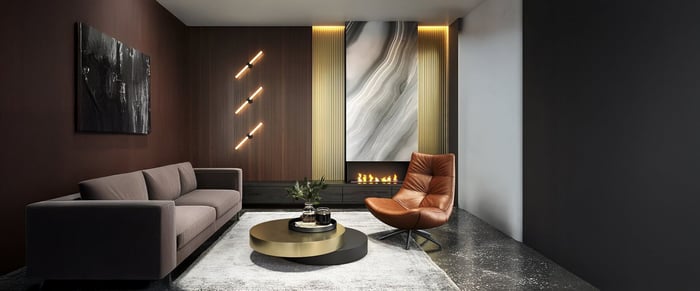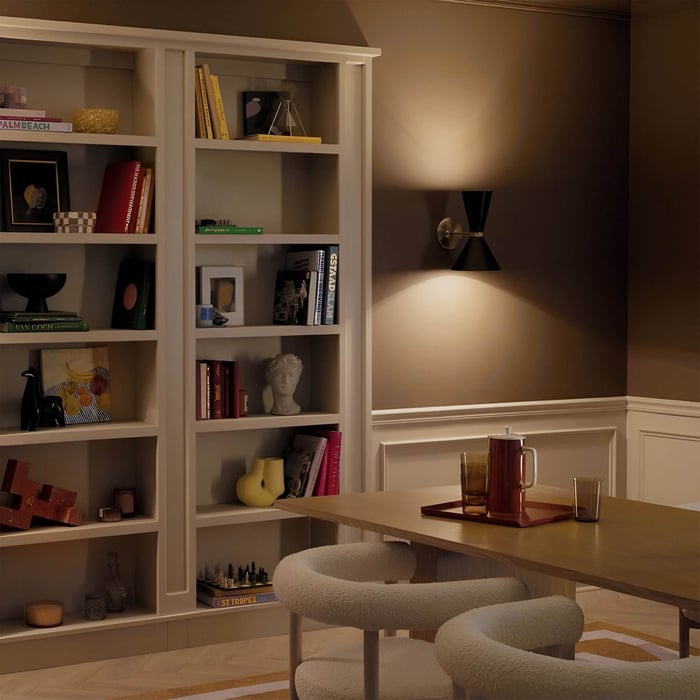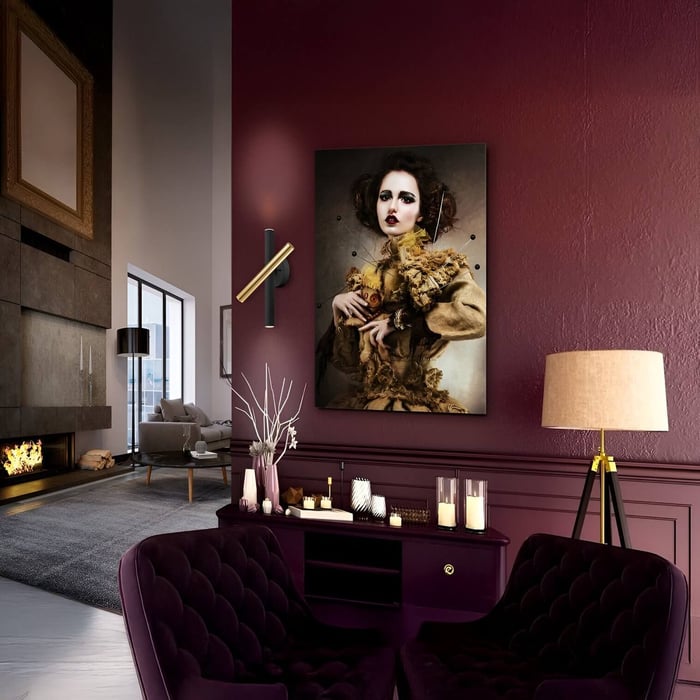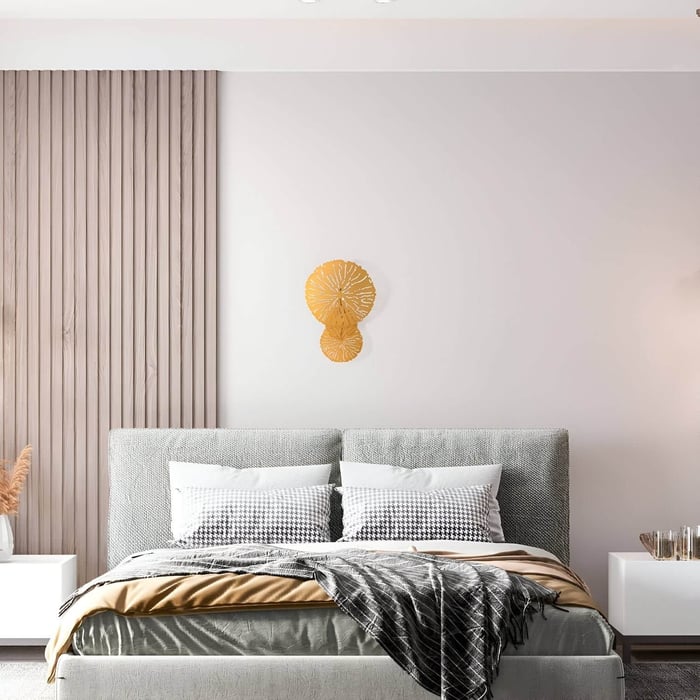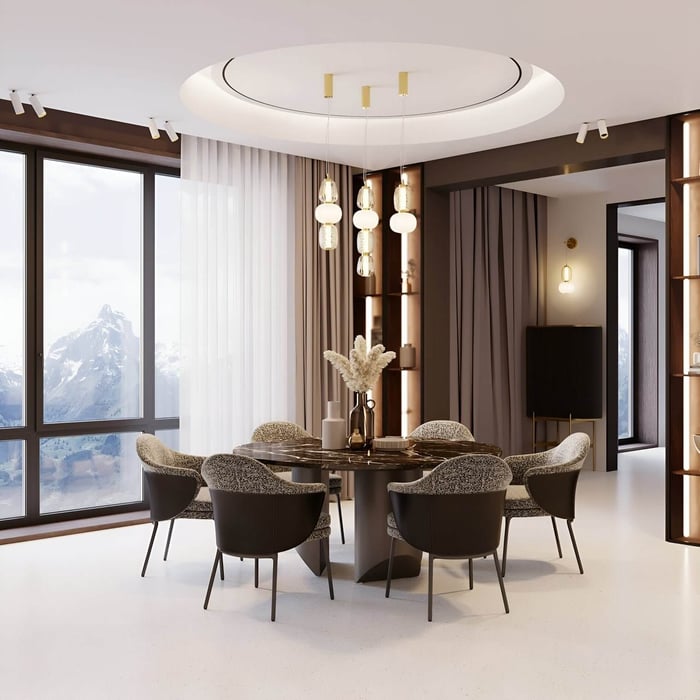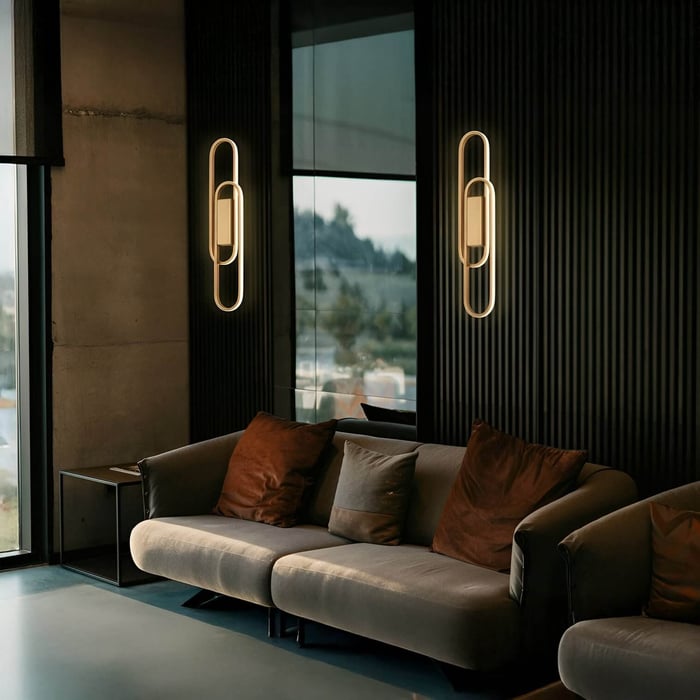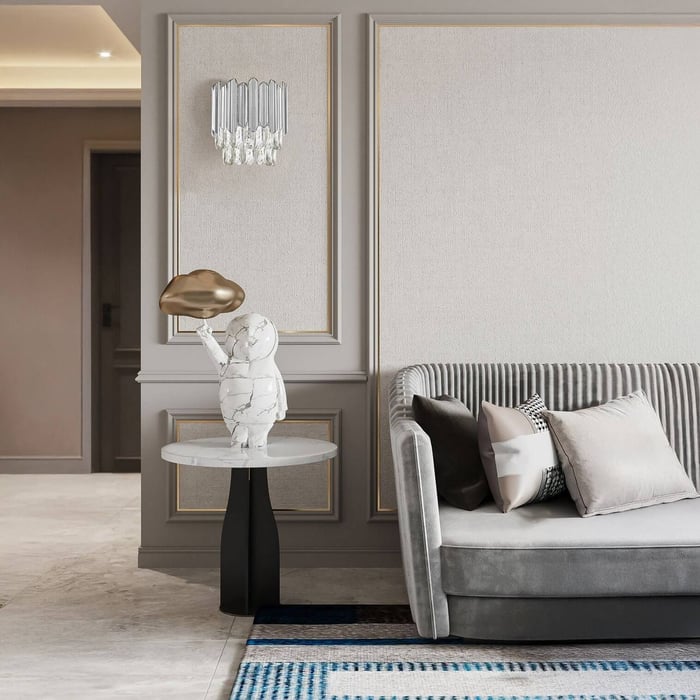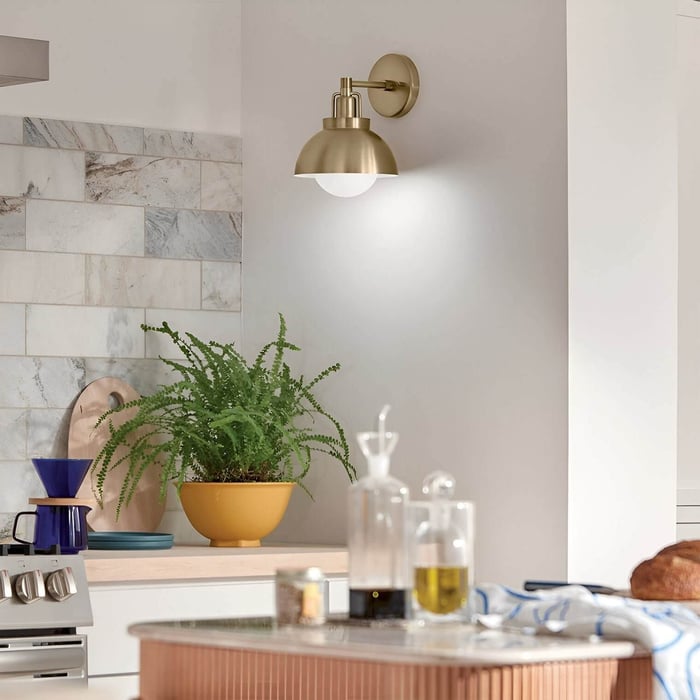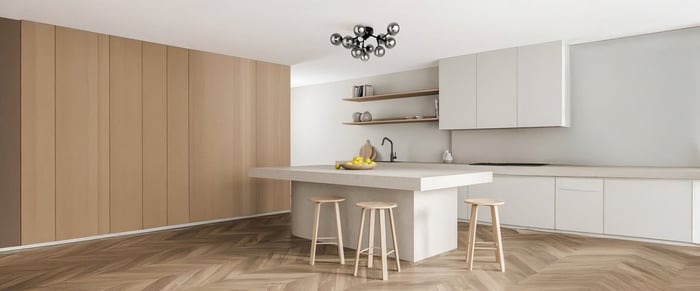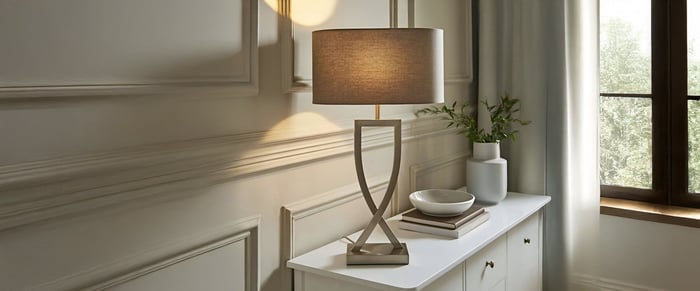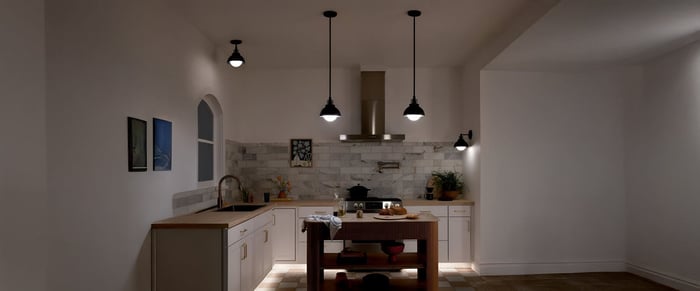Table of Contents
- Introduction
- Don’t: Overuse Industrial Wall Lights
- Don’t: Place Wall Lights Too High or Low
- Don’t: Ignore Layering with Other Lighting
- Don’t: Use Oversized Fixtures in Small Rooms
- Don’t: Rely on Wall Lights as the Only Source of Illumination
- Don’t: Neglect Energy Efficiency
- Real-World Example: Balanced Bedroom Lighting
- Why Balance Matters with Wall Lights
- Conclusion
- FAQs
Introduction
Lighting has the power to define a room, and wall-mounted fixtures are among the most versatile options available. Wall lights add depth, highlight architectural details, and serve as both practical and decorative elements. They can transform a hallway into a welcoming path, bring intimacy to a bedroom, or provide balanced illumination in a living space.
Yet, as with any design element, wall lighting comes with pitfalls. Overuse of a particular style, poor placement, or relying on them exclusively can lead to awkward, inefficient, or unbalanced results. This guide explores the most common mistakes with wall fixtures and provides practical advice to help homeowners, interior designers, and décor enthusiasts make confident choices.
Don’t: Overuse Industrial Wall Lights
Do: Balance Industrial Styles with Softer Elements
Industrial-style sconces with exposed bulbs, raw finishes, and metal cages have become incredibly popular. However, overusing them can leave a space feeling cold or too thematic, as if it belongs in a converted warehouse rather than a cozy home.
To avoid this pitfall, incorporate industrial wall lights selectively. Use them as accents rather than the dominant feature. For instance, a pair of matte black sconces above a desk can be balanced with warm wooden furniture, soft textiles, or brass finishes elsewhere in the room. This combination tempers the starkness and creates a layered look that feels intentional rather than overwhelming.
Don’t: Place Wall Lights Too High or Low
Do: Mount Fixtures at Eye Level
Improper placement is one of the most common mistakes with wall lighting. Fixtures mounted too high create harsh shadows, while those installed too low can feel intrusive and disrupt the flow of the space.
The general rule is to mount wall lights at eye level, typically around 60–66 inches from the floor. In bathrooms, place them on either side of the mirror to provide even, shadow-free illumination for grooming. In hallways or living rooms, aligning fixtures at a consistent height ensures cohesion and visual balance throughout the space.
Don’t: Ignore Layering with Other Lighting
Do: Combine Wall Lights with Ceiling and Floor Fixtures
A room illuminated only by wall fixtures often feels flat or insufficiently bright. While sconces and decorative wall lighting add atmosphere, they are rarely enough to light a whole room effectively.
The solution is layering. Pair wall fixtures with ceiling fixtures for ambient illumination and floor or table lamps for flexibility. For example, in a living room, recessed ceiling lights can set the general tone, while sconces flank a fireplace and a floor lamp anchors a reading corner. This combination ensures each zone is well lit while maintaining a cohesive, inviting atmosphere.
Don’t: Use Oversized Fixtures in Small Rooms
Do: Scale Wall Lights to Match Room Size
Large, ornate fixtures may be striking, but when used in small rooms they can overwhelm the proportions and dominate the décor. Oversized designs in narrow hallways or compact bedrooms create visual clutter and make spaces feel smaller than they are.
Instead, select fixtures that scale appropriately to the room. Slim sconces, minimalist up/down lights, or compact glass shades work well in tighter spaces. Reserve bold statement pieces for larger rooms or areas with higher ceilings, such as entryways or dining spaces. Proper scaling ensures that wall fixtures enhance rather than overpower.
Don’t: Rely on Wall Lights as the Only Source of Illumination
Do: Treat Them as Part of a Lighting Plan
Some homeowners expect wall-mounted fixtures to provide all the light a room needs. While they add ambiance, they are rarely sufficient alone. Depending solely on them often results in dim corners, harsh shadows, or uneven brightness.
Instead, view wall lights as part of a broader lighting strategy. For example, in bedrooms, pair sconces with a central ceiling fixture and bedside lamps. In dining rooms, wall lighting can complement a chandelier above the table, creating both drama and balance. Treating them as one layer within a larger scheme maximizes both aesthetics and practicality.
Don’t: Neglect Energy Efficiency
Do: Choose LED-Integrated Fixtures
In older homes, many wall-mounted lights still use traditional incandescent or halogen bulbs. These not only consume more energy but also generate excess heat and require frequent replacement. Ignoring energy efficiency is both costly and unsustainable.
The modern alternative is LED wall lights. Integrated LED technology offers longevity, lasting up to 50,000 hours, while consuming a fraction of the energy. Many designs also allow dimming or smart controls, so you can adjust brightness and mood instantly. Beyond sustainability, LED wall fixtures open up new design possibilities with slim, sculptural forms that older bulbs could not accommodate.
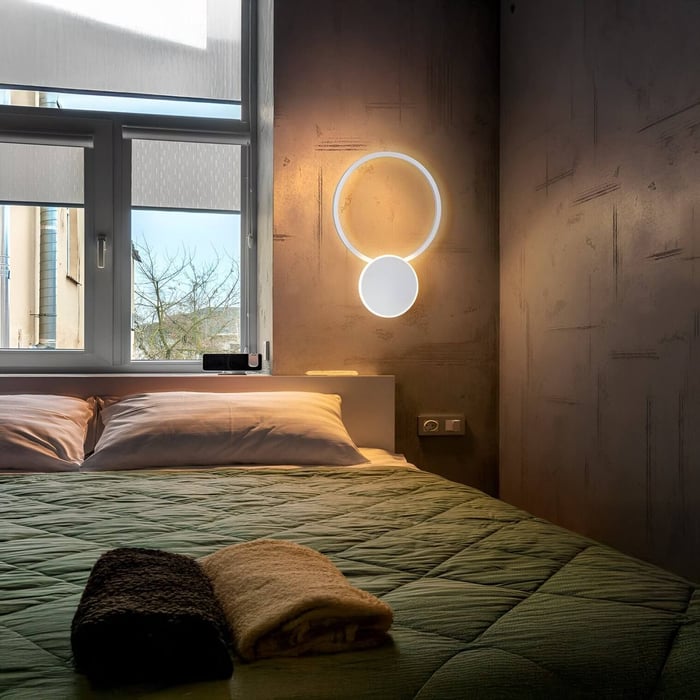
Real-World Example: Balanced Bedroom Lighting
A modern bedroom can achieve perfect balance with:
Swing-arm wall lights above nightstands (task lighting).
Flush-mount ceiling fixture for general brightness.
LED strip behind the headboard for ambiance.
This layered mix ensures the space works for reading, relaxing, and everyday use, without relying too heavily on a single fixture type.
Why Balance Matters with Wall Lights
The beauty of wall lighting lies in its versatility. It can be used to highlight artwork, frame architectural features such as fireplaces or alcoves, or act as subtle background illumination that softens the mood of a room. Wall-mounted fixtures are also excellent for creating focal points or drawing attention to areas that might otherwise go unnoticed. However, with this flexibility comes the risk of missteps. Balance is essential to getting it right. Overusing a single trend, such as industrial cage sconces, can make a room feel one-dimensional. Ignoring correct placement leads to awkward shadows or uneven light, while failing to layer wall lights with ceiling fixtures or lamps can leave the space feeling flat and underlit.
When chosen thoughtfully and applied with restraint, wall lighting complements the overall design rather than competing with it. Consider scale, proportion, and how the fixtures interact with other elements in the room. By following these do’s and don’ts, you ensure wall lights become an integrated part of a cohesive, well-considered scheme that elevates both form and function while adding comfort, atmosphere, and timeless appeal.
Conclusion
Wall-mounted fixtures are more than simple accents; they are tools that shape ambiance, highlight décor, and enhance usability. Avoiding pitfalls such as overusing industrial styles, mounting lights at the wrong height, or expecting them to carry the entire lighting scheme ensures a more harmonious interior. Embracing best practices, like balancing bold designs with softer décor, layering multiple light sources, and selecting energy-efficient LED wall lights, transforms these fixtures into lasting assets.
When thoughtfully chosen and correctly placed, wall fixtures strike the perfect balance between beauty and practicality. With the right approach, your lighting choices will bring both comfort and elegance to every room.
FAQs
What height should wall lights be installed?
Wall lights are typically mounted at eye level, around 60–66 inches from the floor, to ensure balanced illumination without glare or shadows.
Can wall lights be the only source of lighting in a room?
No. Wall lights are best as part of a layered plan. Pair them with ceiling fixtures, floor lamps, or recessed lights for full illumination.
How do I avoid overusing industrial wall lights?
Limit industrial styles to accent areas and balance them with warmer finishes or softer materials to prevent a cold, overly themed look.
Are LED wall lights better than traditional bulbs?
Yes. LED wall lights are energy-efficient, long-lasting, and often dimmable. They provide flexible design options while reducing energy costs.
What size wall lights work best in small rooms?
Choose slim or compact fixtures that match the scale of the space. Oversized wall lights can overwhelm small rooms and disrupt proportions.
